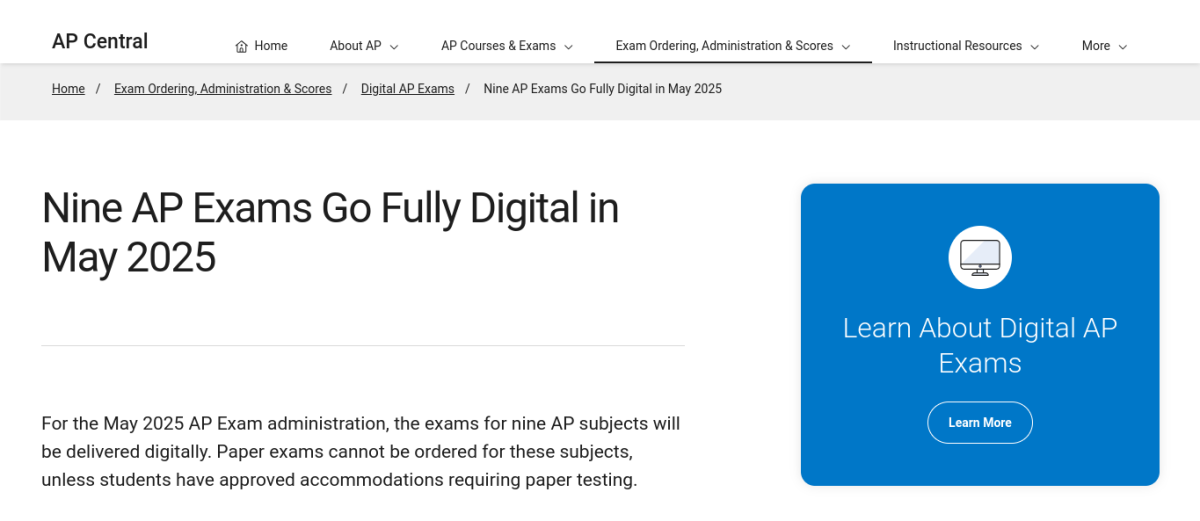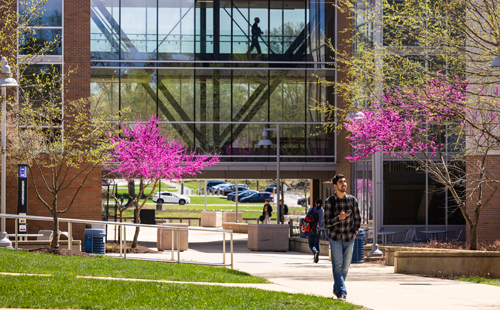At the height of the Information Age, we have at our fingertips what is perhaps humanity’s greatest invention: the Internet. This technology reduces all kinds of human feats, from the rapid spread of ideas to chatting with a friend across the world, to the simplicity of a few keystrokes. It is truly the envy of all past generations. Yet, what do we have to show for it?
In education, the true potential of the Internet has not been fully realized. Besides allowing teachers to show students the occasional Discovery clip, the sole use of this great invention thus far has been Edline, which allows students to fret over when their teachers will update the latest grade. That is, until the “flip classroom” entered the national discussion. If implemented at CHS, the novel idea of flipping the role of class instruction and homework will allow students and teachers to benefit from all the advantages of the Internet and revolutionize the way we learn.
The flip classroom model, credited to Aaron Sams and Jon Bergmann, calls for an end to the lecture. Class lessons are posted on the Internet, where students watch the videos at home in preparation for work to be done the next day in class. The traditional lesson is flipped: lectures are assigned for homework and homework (and any remaining questions about the lecture) becomes class discussion.
The first advantage to this system is increased student attention. Who wouldn’t prefer watching a video to working out tricky problems alone?
Asking students to go home and learn a lesson may seem more daunting than asking them to finish the odd numbers of a worksheet, and that is exactly the point. The status quo at CHS requires teachers to teach the lesson in class first and then assign homework. While this is a great way for students to solidify the lesson through actual problems, most CHS students know that this is only theoretical – there is no incentive for the student to complete homework.
Many students glance at a few math problems and figure they know the material well enough to skip the entire assignment. To prevent this erroneous logic, teachers incentivize students with grades by threatening to check the homework for points, but this only causes hurried copying of the answers, not necessarily learning.
A flipped classroom makes the student want to learn the material because he or she knows that the teacher will not explain the lesson. In order to partake in the class discussion, the student must have grappled with the lesson at hand. And there is no hiding the fact that a student did not learn the lesson when he or she struggles with classwork the following day.
Most importantly, the flipped classroom’s online videos allow students to take pride in their studies. A CHS teacher is limited to 45 minutes to cover the lesson and make sure everyone understands. The slower students inevitably fall behind, failing to absorb information as more gets piled on top of them. Online videos can go at the student’s own individual pace.
Besides guaranteeing that all students are on the same page, the fact that they learned the lesson on their own initiative provides students with a sense of self-worth and pride that is essential to learning. Rather than leaving at least three or four students confused after each lecture, the flip model produces more responsible students.
One legitimate concern exists about forcing students to stare at the computer screen rather than at a teacher, as a flipped classroom limits teacher contact. While students will be spending more time in front of the computer, CHS students will attest to the fact that not all teachers’ lectures are the embodiment of human interaction.
If CHS students and teachers want to make the most out of the time they have in the classroom, the flip model is the answer. No other method of teaching provides students with the confidence they need to succeed.













